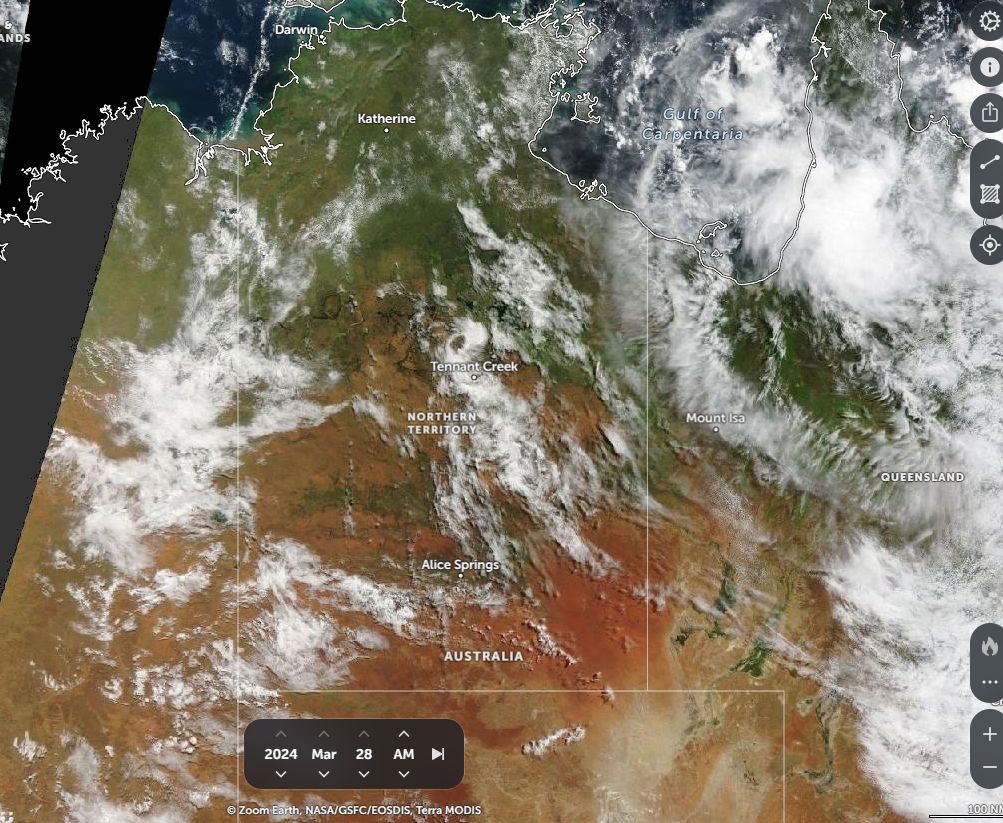Following the recent landfall of Tropical Cyclone Megan over the southwest corner of the Gulf of Carpentaria, moisture spread southwest deep into the interior of the Northern Territory and Queensland.
As a result, steady rainfall between Thursday 21 March and Tuesday 26 March featured across a vast desert region. The rain was long lived and steady rather than torrential in nature. Cumulative weekly rainfall totals topped 160 to 240 mm around Alice Springs which was more than enough to generate flooding along the usually dry Todd River.
The figures as shown on the attached weekly rainfall plot for the Alice Springs region approach the average yearly rainfall for the town.
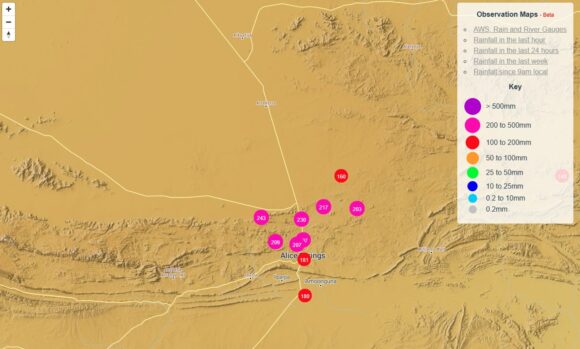
So far this year, 278.6 mm of rain has fallen at Alice Springs to 9 am Friday morning 29 March 2024. The average yearly rainfall for Alice Springs is 283.1 mm (Source Weatherzone). As such, another 4.5 mm of rainfall would be needed for the average yearly rainfall to be reached which is incredible for a town located within the heart of Australia.
The best way to see the red centre of Australia is from an aircraft and as shown in the photos, the affected regions is generally desert with little or no vegetation cover. The photos of the affected region are taken from around 12,000 metres flying over Australia in 2016.
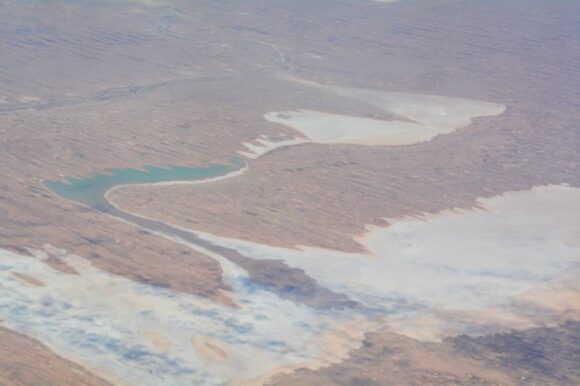
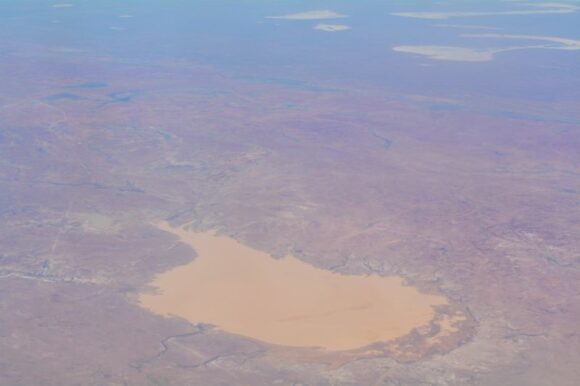
Extensive and thick cloud over the past few days has resulted in a remarkable transformation of the red centre. The latest satellite photos of the affected region shows greening occurring and even a transformation to a “Green centre” across some regions.
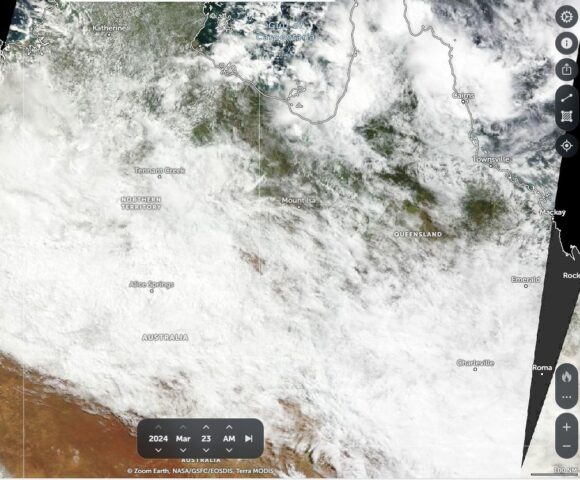
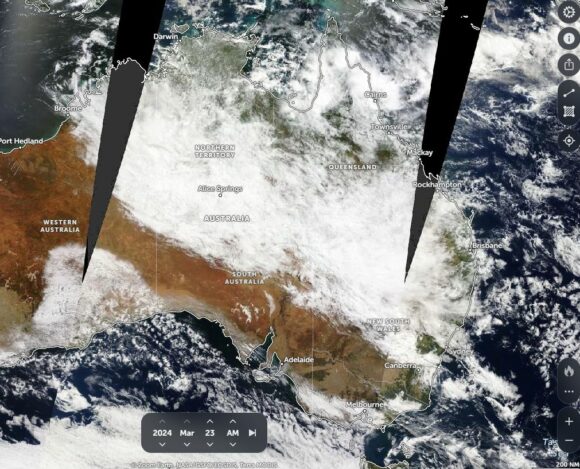
Floodwaters are visible near Tennant Creek (Northern Territory).
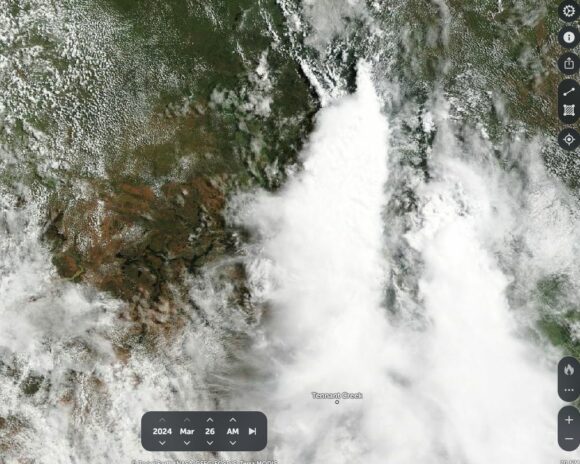
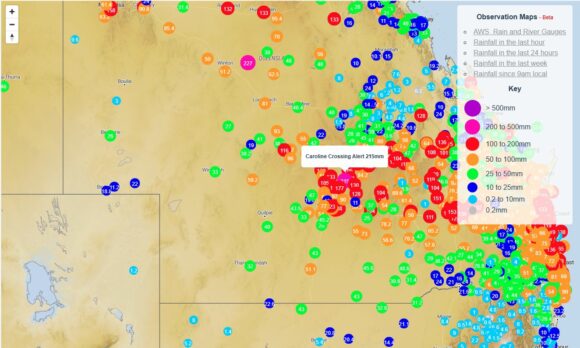
There are even pockets across northeast South Australia which are amongst Australia’s driest regions that are showing signs of turning green.
This shows how much rain has fallen from the ex-tropical cyclone.
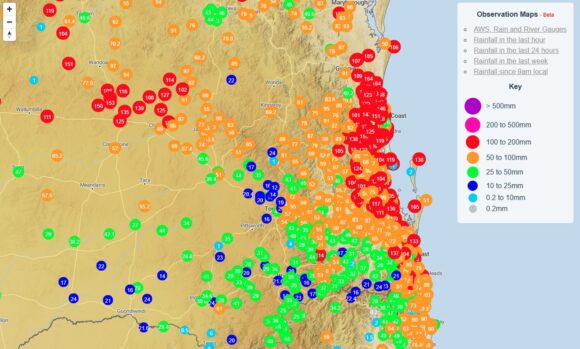
The cloud tracked south then southeast across Queensland which brought a long lived period of steady rain across much of inland Queensland before passing out to sea across southern and eastern areas of the state.
This is likely to be the last major rain event for the season for the affected regions but it was also a major event which has had a dramatic impact across vast swathes of the inland.
Various satellite photos are attached showing the cloud mass that brought the rainfall. Included are the cumulative weekly rainfall plots for some of the affected regions for the week ending Friday 29 March 2024.
